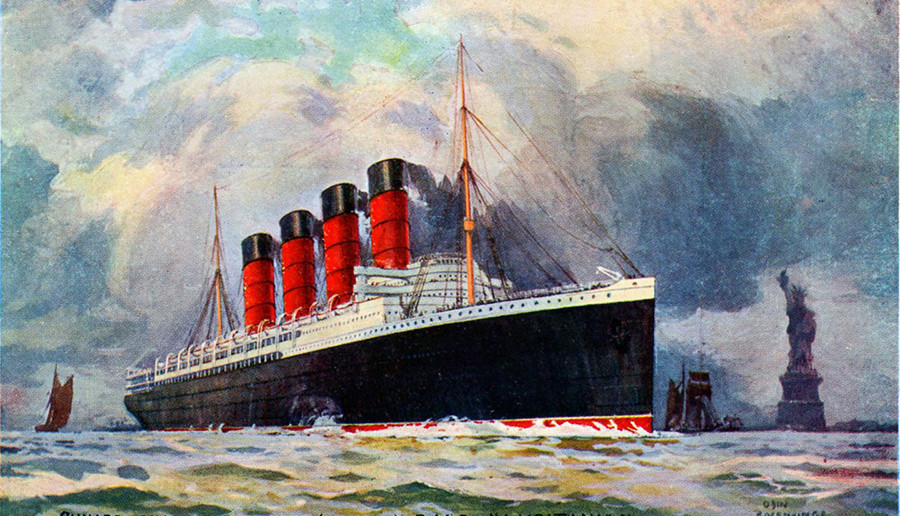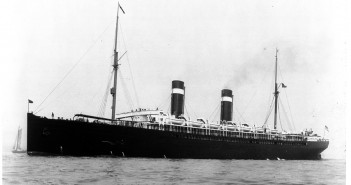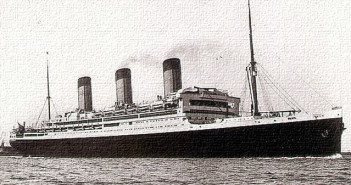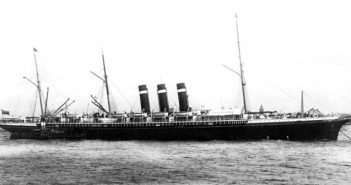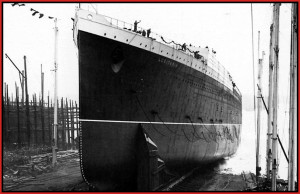 Created to counter growing German competition on the North Atlantic—led by liners such as Kaiser Wilhelm der Grosse and Deutschland—Cunard Line’s Lusitania (named after Roman Portugal) was the world’s largest ship at the time of her launch. Lusitania was, in fact, the largest moving anything on the face of the Earth (although she was soon eclipsed by her slightly larger sister ship, Mauretania).
Created to counter growing German competition on the North Atlantic—led by liners such as Kaiser Wilhelm der Grosse and Deutschland—Cunard Line’s Lusitania (named after Roman Portugal) was the world’s largest ship at the time of her launch. Lusitania was, in fact, the largest moving anything on the face of the Earth (although she was soon eclipsed by her slightly larger sister ship, Mauretania).
The 31,550 GRT Lusitania was launched on 7 June 1906 in Glasgow at the John Brown & Co. shipyard. She was 787 feet long, 87 feet at beam and a service speed of 25 knots. She could carry up to 552 first class, 460 second class and 1,186 third class passengers, as well as 802 crewmembers.
A series of direct-action Parsons steam turbines (two high pressure, two low pressure), drove Lusitania’s four propellers.
Lusitania was originally designed with three funnels, but a decision to incorporate new Parsons turbines and associated equipment shortly before construction began necessitated the addition of a fourth funnel.
To continue, click the NEXT button on the top of this page.

